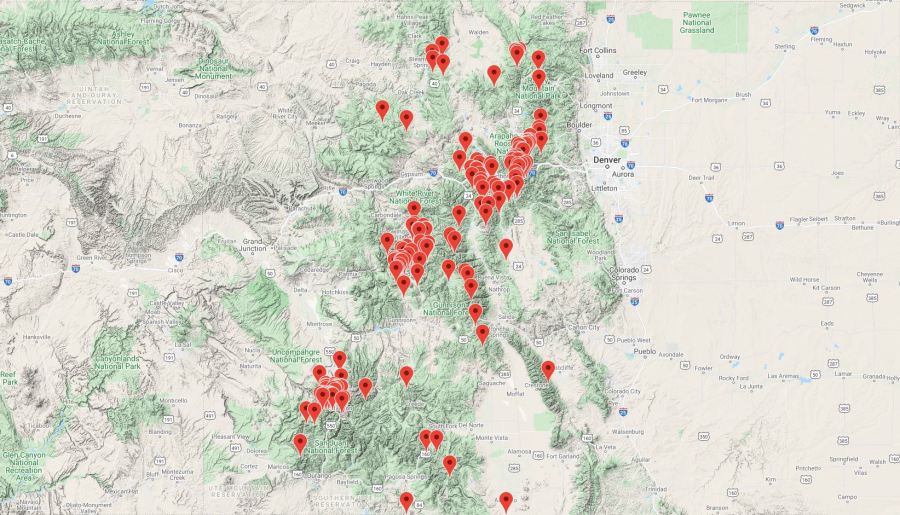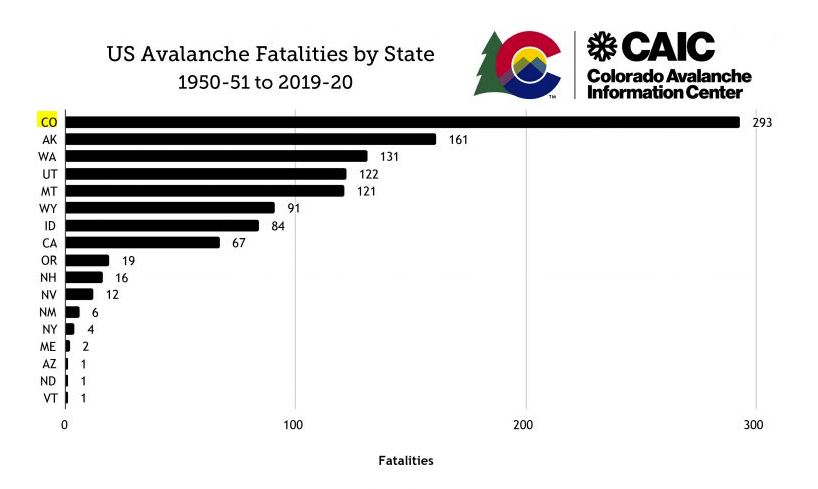DENVER (KDVR) — This is an especially deadly winter in the Colorado backcountry, and experts say it has as much to do with overcrowding as it does with climate change.
Pinpoint Weather meteorologist Chris Tomer said the same drought conditions that fueled Colorado’s record-setting wildfire season in 2020 may be fueling this year’s avalanches.
“This could be a climate issue,” Tomer said. “We’ve been abnormally dry – 12 months full of long, dry streaks. These dry streaks cause the snowpack to change and become rotten. That’s how we got to the current situation.”
“The current situation,” as Tomer puts it, concerns Colorado’s place as the deadliest avalanche state in the U.S., a statistic driven mostly by backcountry recreationists and skiers in particular. With eight deaths already, the state is nosing into record territory.
This season has produced the deadliest snowpack in ten years. Colorado is on track to see as many deaths as other record years, but the standout statistic is the number of those avalanche victims who die.
On average, the Centennial State sees four avalanche deaths any given year. The last three years have each seen twice that amount.
Unsurprisingly, avalanches are largely concentrated in backcountry areas within a few miles of ski resorts. According to Colorado Avalanche Information Center data, 90% of the 490 avalanche accidents in the last 13 years happened within 10 miles of one of Colorado’s many ski areas.

The last year was a snapshot of Colorado avalanche history. Colorado’s high rate of avalanche accidents is directly proportional to its share of top-flight skiing.
Historically, skiers make up about half Colorado’s avalanche deaths over time. Between 2009 and now, skiers were 41 of 75 avalanche deaths, or 55%. Snowboarders and snowmobilers were 15% of the total apiece, with the rest made of snowshoers, hikers and other recreationists.
This year, every single avalanche death has been a skier.
As Colorado has grown and ski resorts become more crowded, more skiers have been pushed into the backcountry. Combine that with this year’s COVID-19 confinement, and the lure of backcountry snow creates an opportunity many adventure enthusiasts want to take advantage if. It also leads to the same rise in emergencies seen over the summer by Colorado’s search and rescue teams.
“Search and Rescue including Alpine Rescue Team are worried about overcrowding in the backcountry,” said Tomer. “COVID restrictions are thought to play a role. Sales of backcountry equipment are through the roof. SAR is trying to figure out how to prioritize rescues if multiple come in at the same time.”
At 293 death in the last 70 years, Colorado has had twice as many avalanche deaths as the next highest state, Alaska.

